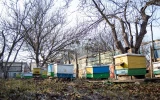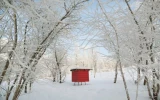How Many Frames of Bees To Overwinter Successfully?
Winter is one of the toughest times of the year for beekeepers. With cold temperatures, short days, and limited food sources, it can be difficult to keep colonies safe and healthy. At that cost, it’s important to know how many frames of bees a colony needs in order to overwinter successfully.
The number of bee frames required to overwinter successfully is typically between 8 and 10 frames. It can vary depending on the size and health of the colony. This gives the colony enough resources, including food and pollen stores, to help them survive until spring.
Having fewer frames of bees can mean that the colony will struggle to find enough food or won’t have enough resources to keep them warm throughout the winter. It’s important to supplement the colony with additional food and insulation when necessary.
Summary
- Depending on the size of the beehive, it would need at least eight frames to overwinter.
- In the late summer or early fall, when the colony is strong and has access to abundant supplies, it is preferable to begin adding frames.
- Don't wait until winter has already arrived since then it might be too late to assist the colony in successfully surviving the winter.
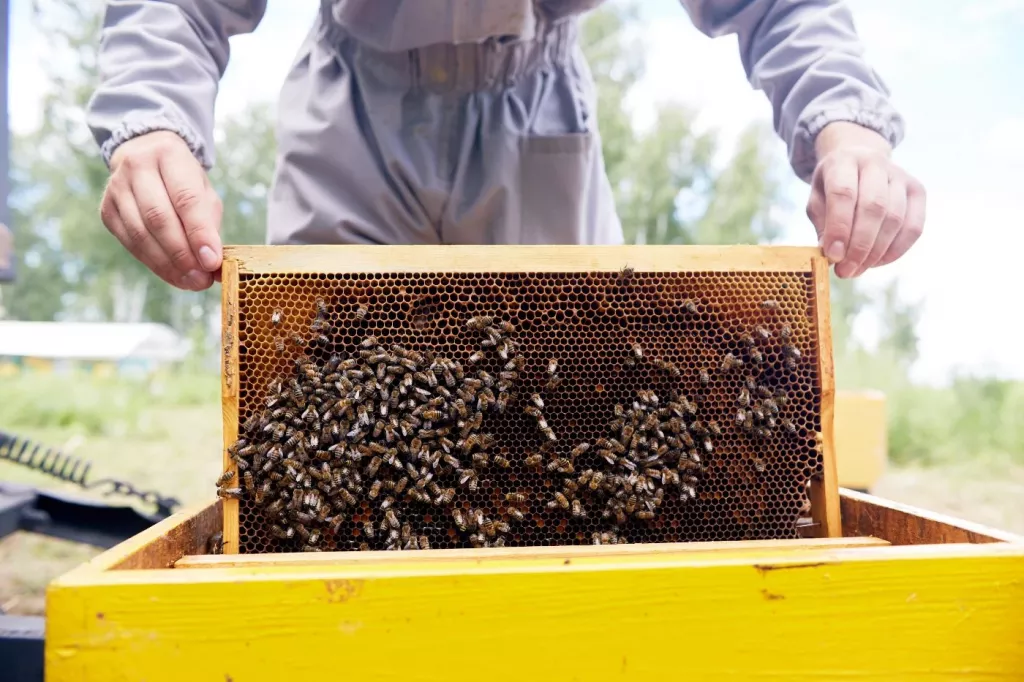
On this page:
Why Having Enough Frames Matter During Winter
It's ideal to have a minimum of 8 to 10 frames of bees to help the colony survive the winter successfully. With adequate resources, beekeepers can ensure that their colony is healthy and ready to produce honey the following season.
If the frames of bees are not enough, supplement the colony with additional food and insulation to ensure its survival. Bees don't take in new resources for 5 to 6 months during the cold, and having few frames can affect both broods and honey production.
Having enough frames of bees is essential in order to help the colony survive the winter. It helps provide insulation, as well as protection against predators. It also gives the bees access to additional stores of food and pollen, which can help them survive until warmer weather returns.
It’s important to check the strength of your hive before winter sets in and provide enough frames of bees if necessary. Make sure to take all the necessary precautions when overwintering your bees.
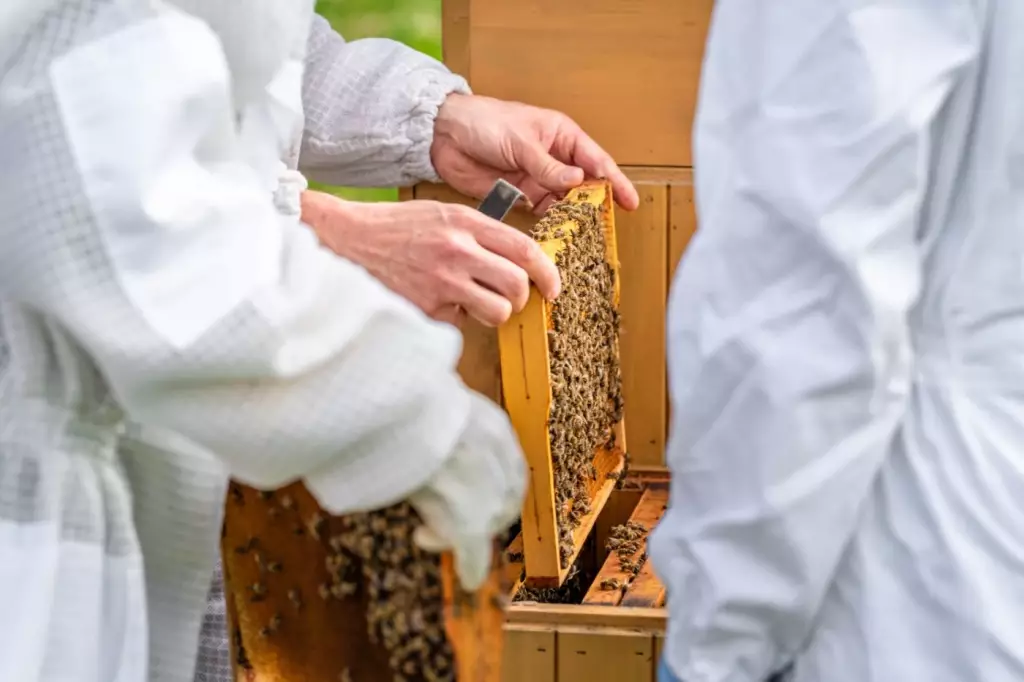
When To Start Adding Frames for Winterizing
It’s best to start adding frames in late summer or early fall, when the colony is strong and has plenty of resources. This ensures the colony is strong and has enough resources to survive until spring.
It’s important to monitor the frames of bees in the colony and adjust as needed. If you notice that the bee frames are too few, add more frames to help them survive until spring.
Don't wait until winter has already set in, as this may be too late to help the colony overwinter successfully. Plus, it can be tricky to add additional frames in the winter due to limited access and cold temperatures.
How Bees Prepare For Winter
Just like other animals preparing for the cold, bees have their own unique way of getting ready for winter. It may seem like the colony slows down during the colder months, but the bees are actually working hard to prepare for winter. Here are some of the ways in which bees get ready for winter:
Collecting food stores
Bees will collect honey, pollen, and nectar to store in the hive. This will give them enough food stores to survive until spring returns. This also benefits the broods in the colony, as they will have enough nutrition to help them grow.
For a hive to survive in the cold months, it would need 50 to 100 pounds of surplus honey stores. It’s important for beekeepers to help the colony build up its resources in the summer so that they are well-prepared for winter.
Building up their wax comb
Bees also use their wax production to build up their wax comb. This is essential for keeping the hive warm and providing a safe place to store their food stores.
Insulating the hive
The bees will also create a wax and propolis coating on the inside of the hive to help keep it insulated. That is why having enough frames of bees is essential, as they will help provide additional insulation and protection.
Kicking out drone bees
The colony will also kick out any male drone bees. This helps to ensure that the food stores are used to feed the female worker bees, who are essential in helping the colony survive the winter.
You can also see them removing dead bees from the hive, as well as carrying out other essential tasks to help the colony survive.
Forming clusters
Lastly, bees will form clusters in order to keep warm during the winter. This is why having enough frames of bees is essential; it helps provide the space for them to form these clusters and keep warm.
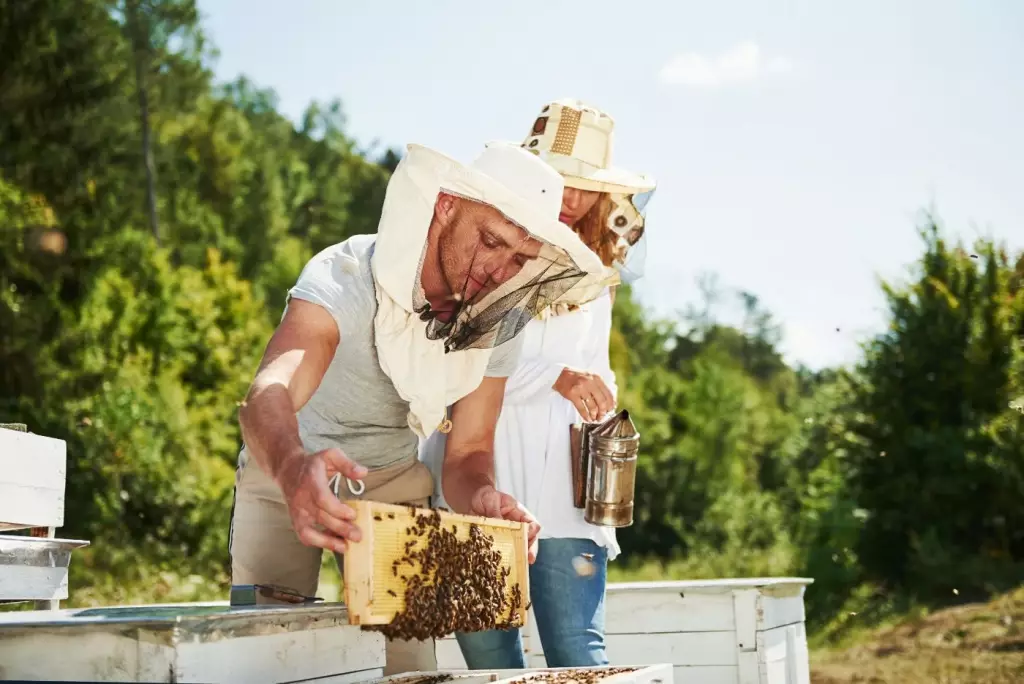
Factors To Consider When Winterizing Your Hive
When it comes to winterizing your hive, there are several factors to consider. Make sure you check the strength of the colony and if they have enough resources to survive the winter. This includes food stores, wax combs, and insulation.
Next, monitor the frames of bees in the hive. If there are not enough, add additional frames to give them more space and provide better insulation. Lastly, ensure that the hive is protected from predators, wind, and weather.
Importance of Overwintering
Overwintering helps bees survive in the winter. This strategy is made by beekeepers to make sure that the hive is well-fed, has enough resources to keep it warm, and does not succumb to pests or infections. Beekeeping activities should be done in a way that helps the colony stay healthy and active, so honey production is not compromised.
Furthermore, overwintering ensures the viability of the colony and its ability to produce honey the following season. By having a strong foundation going into the winter, the bees will be in a better position to start off the next season healthy and strong.
How Beekeepers Can Help Their Hives Survive the Winter
As a beekeeper, you can help your hive survive the winter by providing it with additional resources. And not just that, these are some of the notable things you should do to help your bees overwinter successfully:
Provide them with enough food stores in the summer
By food stores, it means honey, pollen, and nectar. It's important to feed your hardworking bees in the warm months, as this helps them build up their food supplies for winter.
Other beekeepers feed their hives if the bees aren't able to build up enough food stores over the summer. This helps give them sufficient resources to last through the winter. On the other hand, if they already have enough, then they don't need to feed them.
Avoid getting their honey reserves
You want to avoid getting your hives' honey reserves as much as possible. This should be their food supply, and it's essential for them to survive the winter.
It's crucial to know that these reserves don't just magically appear in the winter, which is why it's important to help your bees prepare during the summer and fall months. Bees usually get fat to preserve heat, so let them keep their honey.
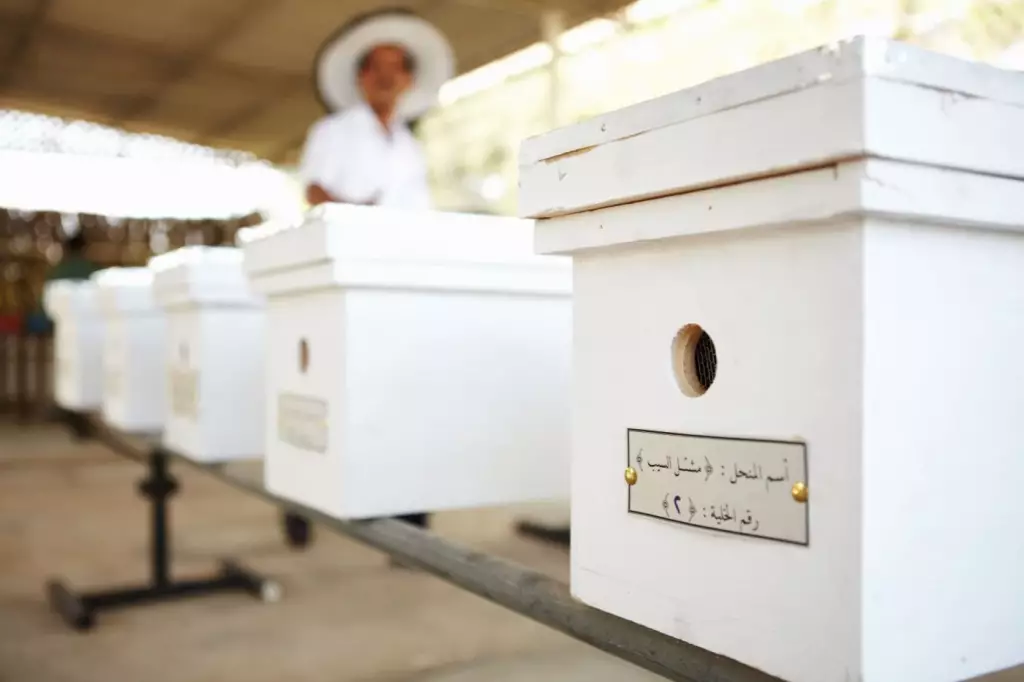
Protecting the hive from predators and weather
Bees need to stay warm and dry, and that can be hard to do in the winter. So, it's important to make sure that your hive is well sheltered from predators and weather. This can be done by providing the hive with an insulated cover or putting it in a sheltered area.
Make sure that the hive is big enough for them to form their winter clusters, as this helps keep them warm. Lastly, check for any leaks or drafts and make sure your hive is well ventilated.
Check for pests, diseases, and mites
You also want to check for any signs of pests, diseases, or mites in the winter. These can be deadly for a hive, so it's important to keep an eye out for them and take necessary steps if needed.
It's best to use mite treatments in the summer, as this helps keep them away throughout the winter. If you notice any signs of diseases or mites, it's important to take action immediately.
Winterizing your hive is an important part of beekeeping, and it's essential to help them survive the cold months. It takes a bit of work, but the rewards are well worth it. With the right resources and a bit of effort, you can help your hive overwinter successfully.


